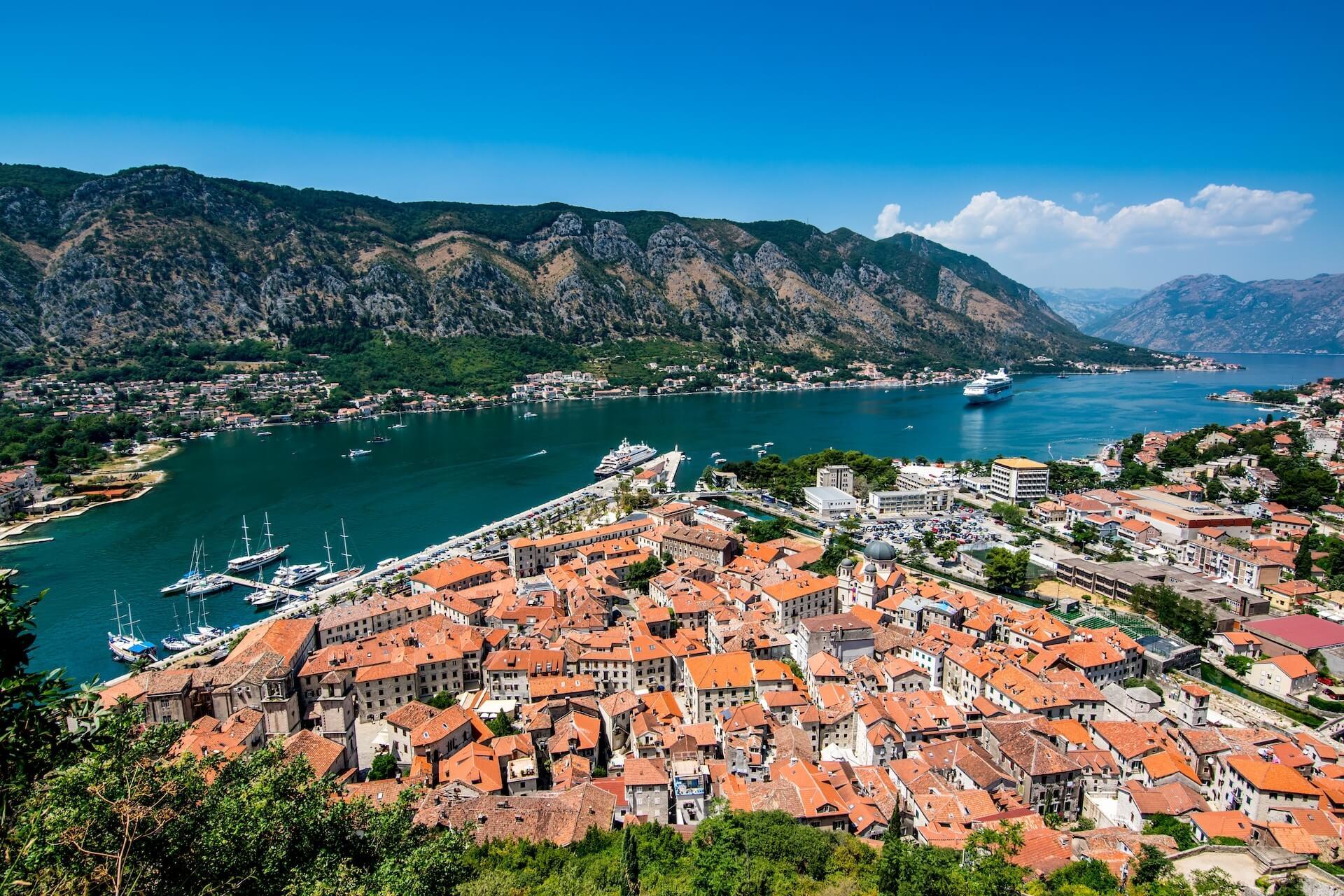You can make the most of your holiday in Montenegro and enjoy it not only on the hotel beach. Thanks to its small size and incredibly varied landscape, this southern Balkan country can be explored relatively thoroughly in just a few days. For example, you can choose a three-in-one sightseeing tour in three to four days. This was also the case for our group, who were invited to Montenegro in early September by the national airline Air Montenegro and the state tourist office.
Beautiful views and an empty lake
From the international airport in Tivat we head to the ferry, which means we don't have to go around the vast bay. The slopes rise steeply immediately off the shore and the narrow roads are pretty crowded even after the end of the high season. "You have to be patient here in summer. Columns of cars and buses are a daily occurrence on the coast," warns our entertaining guide Milos Zatko, who is of Serbian-Slovenian origin and lives in Montenegro for part of the year. Miloš goes on to talk about things like the fact that it's hard to find bad food in the whole country and that most of the food comes from small local farmers.
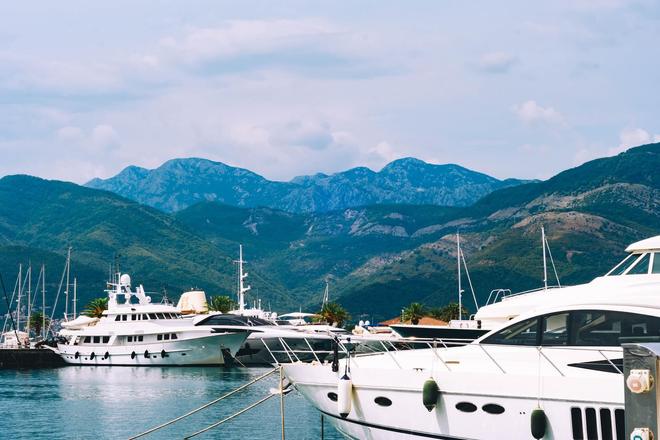
After leaving the ferry, we climb up the winding road into the mountains and soon enjoy the view of two island churches in Risan Bay. We continue along one of the many "panoramic roads" which, due to the mountainous terrain in most of Montenegro, provide countless spectacular views. You can enjoy them through the window of a car or bus, or from the saddle of a bicycle or motorbike. Along the way, we meet many motorhomes and groups of motorcyclists. One specificity of the inland area becomes apparent soon – you feel plenty of space everywhere, we left the crowds and traffic jams behind us on the coast.
After spending the night in a cozy mountain cabin, we gaze out over the surrounding hills and into the steep valley that has been filled with water from the Piva River since the dam was built in the 1970s. A boat ride on the artificial lake is unbeatable. Captain Mikica Blagojević stops the boat after half an hour and invites us to a short meditation and to experience silence. There are only steep shores all around, the calm slightly disturbed by the distant singing of birds and the blue sky above us. Later, we anchor at a "bar" aptly named Silence. We have to climb a narrow path to the captain's hut, where he grills us fresh trout. The lake has thirty metres less water than in "blessed" times, when the surface reaches down to the extremely pleasant "chill out" seating area and occasional bistro, which is accessible only from the water. The water, by the way, is still very friendly for swimming in the first half of September.
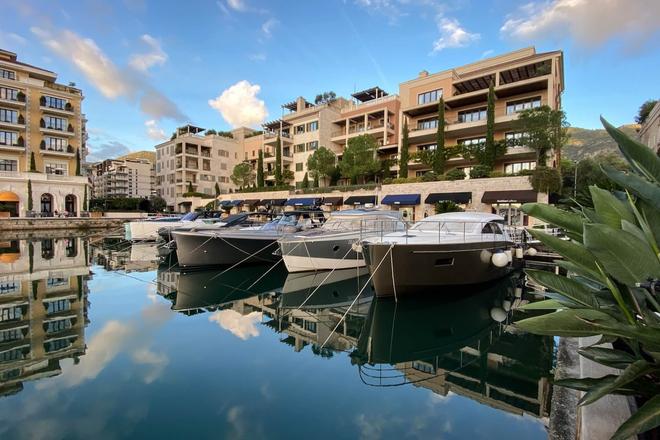
Durmitor, rafting on Tara and Biogradska gora
It is only after disembarking that we realise that during the relatively long cruise we have not only met no other tourists, but also no locals! Next we cross the mountains and the eponymous Durmitor National Park. The local landmark Bobotov Kuk which is 2523 meters above sea level is the highest point of Montenegro. Beneath the not-so-extensive mountain massifs lies a large plateau with wide views and very few human settlements. A feast for the eyes of cyclists and motorcyclists. After an overnight stay in the town of Zabljak, which is the administrative centre of the national park, we visit the beautiful Black Lake.
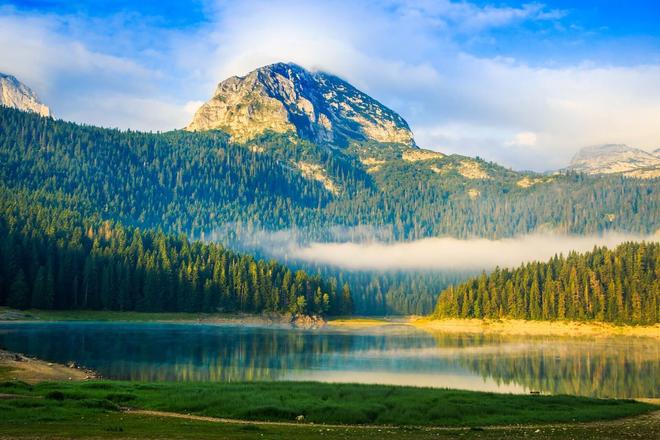
From here we cross to the Tara River Canyon. The local rafting centres are among the few places in the Montenegrin hinterland that have been discovered by tourists. At the end of summer however, there are no more crowds on the shore. The roughly hour-and-a-half guided paddle is brisk, but nowhere near as much as it is in late spring, when the crystal-clear river level is usually four or five metres higher. The current temperature of Tara is about eleven degrees Celsius, which is about seven degrees higher than in May.
We spend the third night at the Gacka Hotel Resort, located between the Durmitor and Biogradska Gora National Parks, which includes the lake of the same name with ancient forests and wetlands in the vicinity. We are personally greeted by the owner, who explains the challenging process of building a tasteful complex with 26 private mountain chalets instead of hotel rooms. Gacka also prides itself on cooking with local and seasonal produce, much of which is grown and farmed at the resort. Large strawberry beds can be seen amongst the wooden chalets, and we get freshly picked blueberries and elderberries with our lavish dinner. There is also a wellness centre with an indoor pool and a conference hall.
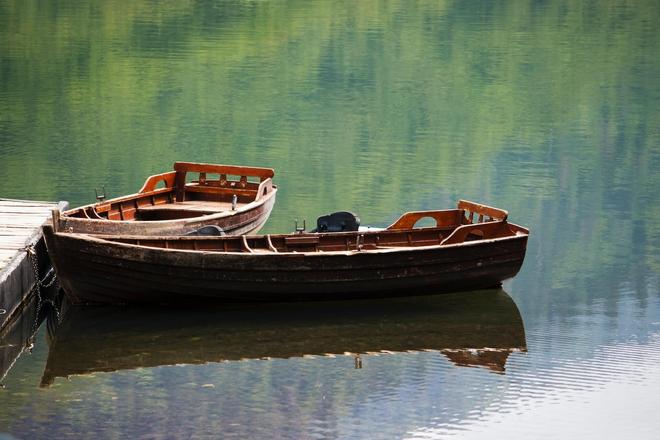
On average, the local mountains are cheaper than the coast. Whether in terms of tourist services or real estate prices. In the north of Montenegro, you also see buildings built in the typical "socialist" style more often than on the Adriatic. Hotels, guesthouses and ethno villages are clean and cosy and the tourist infrastructure is developing rapidly throughout the region. A quick transfer, passing the winter resort of Kolašin with its new ski area of Alpine proportions, takes us down from the mountains to the wine cellar of Šipčanik near the capital Podgorica.
Through the wine cellar to the pearl of the coast
The state-owned company Plantaže manages one of the largest vineyards in Europe with an annual production of 12 to 15 million litres and is the largest company in Montenegro. The "flagship" of the winery is the Vranac brand, which is exported to forty countries. The cellar itself was built 15 years ago in the bowels of a former secret hangar for Yugoslav military aircraft. It is over 350 metres long and holds two million litres of wine. Šipčanik offers year-round stylish tastings of various sizes according to the visitor's wishes.
Our journey ends where it began – on the coast. After a storm and heavy rain, the sea in Budva is rough but still very warm in early September. The air remains warm even after a nightly shower, during which we sit in a beach bar. After all, pleasant weather with summer temperatures at least during the day can be expected on the Montenegrin coast until the end of October.
Before leaving for the airport, we stop in the picturesque town of Kotor, whose symbol is cats. The pearl of the local Riviera has an intricate history dating back to the Middle Ages, which is also linked to the Czech lands. For four centuries, Kotor was ruled by the Venetians. For the last hundred and ten years of the Austro-Hungarian monarchy, the city by the bay was its southernmost outpost. At the end of the First World War, just before the fall of the empire, the life of František Rasch, a native of the Czech city called Přerov and one of the leaders of the sailors' revolt, was taken out here before a firing squad.
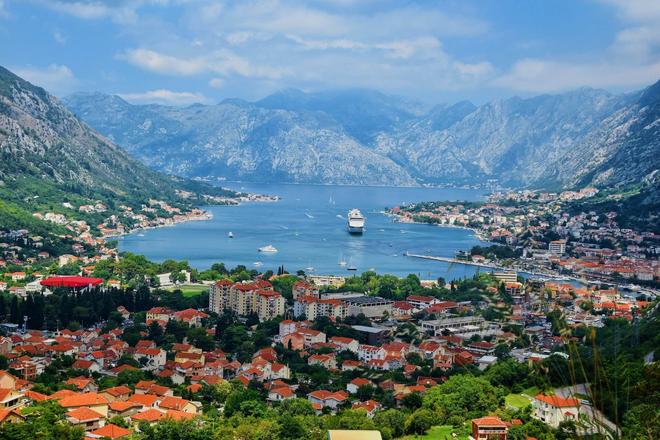
The inscription above the main entrance gate to the old town is also full of symbolism. It reads "We do not want strangers here, we will not give our own" and its author is Josip Broz Tito.
Montenegro is de facto divided into three parts – the coast, the central area and the northern mountains. Each of these parts has a completely different geography, nature and cuisine. And you can see it all in just a few hours. Why should you come to Montenegro? We have beautiful beaches that are a little further south than the Croatian ones. Montenegrins are hospitable, prices are lower here than elsewhere around the Adriatic, and our inland area offers many opportunities for active holidays," says Ana Tripkovic Markovic, head of Montenegro's National Tourist Board.
